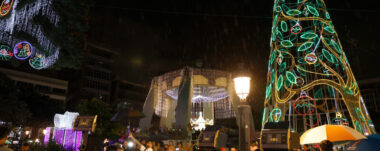May Beetles: Winged Visitors of Costa Rica’s Rainy Season
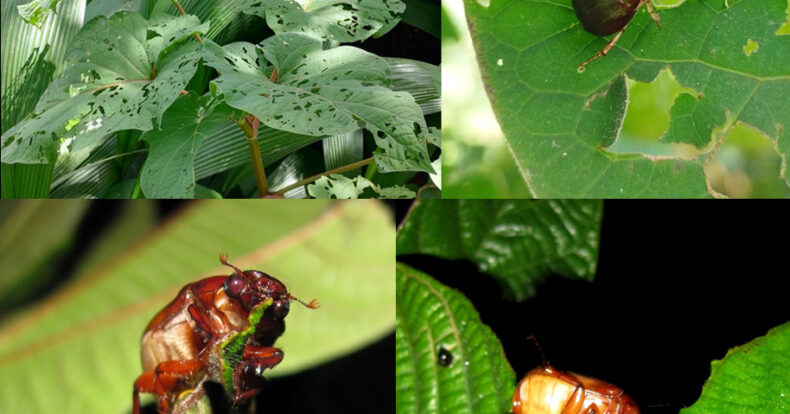
With the arrival of the first rains of the year, many Costa Ricans look forward to the appearance of the traditional May beetles, those small scarabs that flutter around lights at night. Despite the singular name, these are not a single species but rather a diverse group of beetles, usually under 3 cm in size, that emerge simultaneously as part of a fascinating natural event.
Flying Diversity
May beetles come in different shapes and colors. Careful observation reveals that what we call by a single name actually includes many species. Depending on the location, one might spot anywhere from a couple to more than 20 species at once. Most are nocturnal, hiding underground during the day and emerging at night. However, some smaller and more brightly colored species are active during the day; these are often referred to as “June bugs” or sometimes even nicknamed “chicken chokers” in local slang.
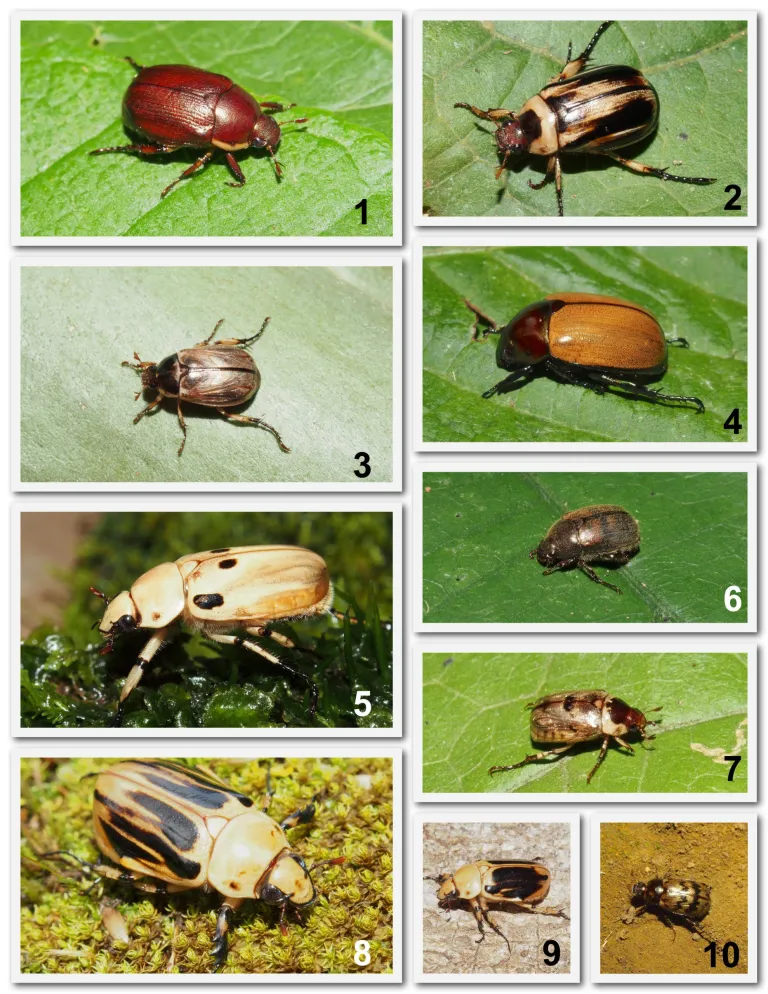
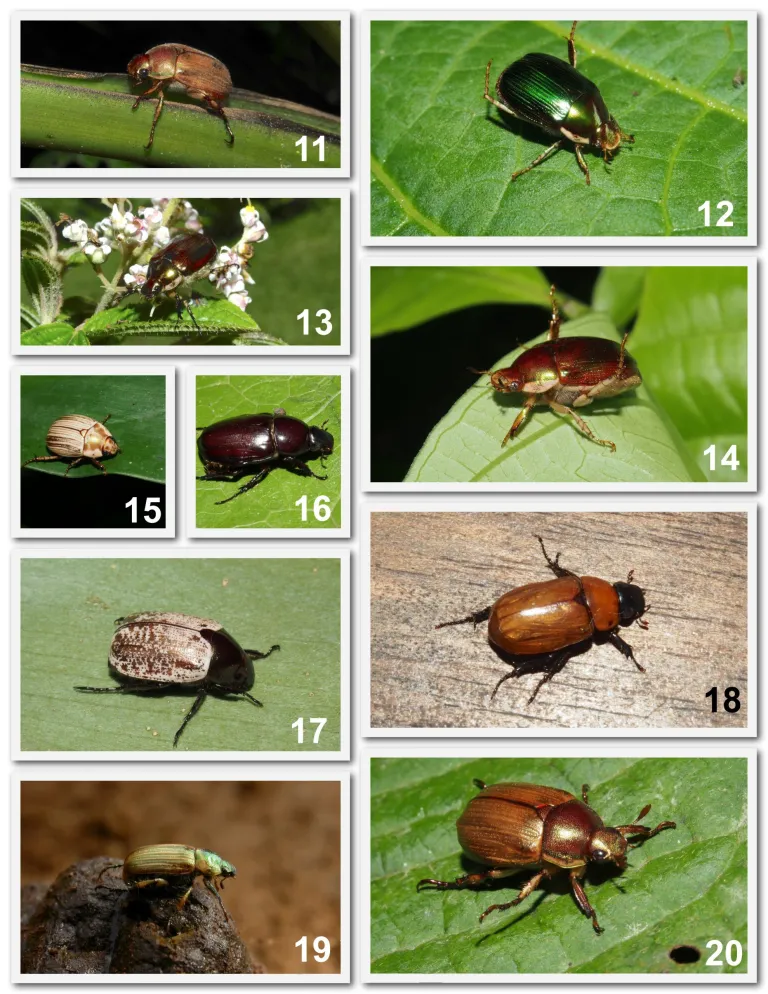
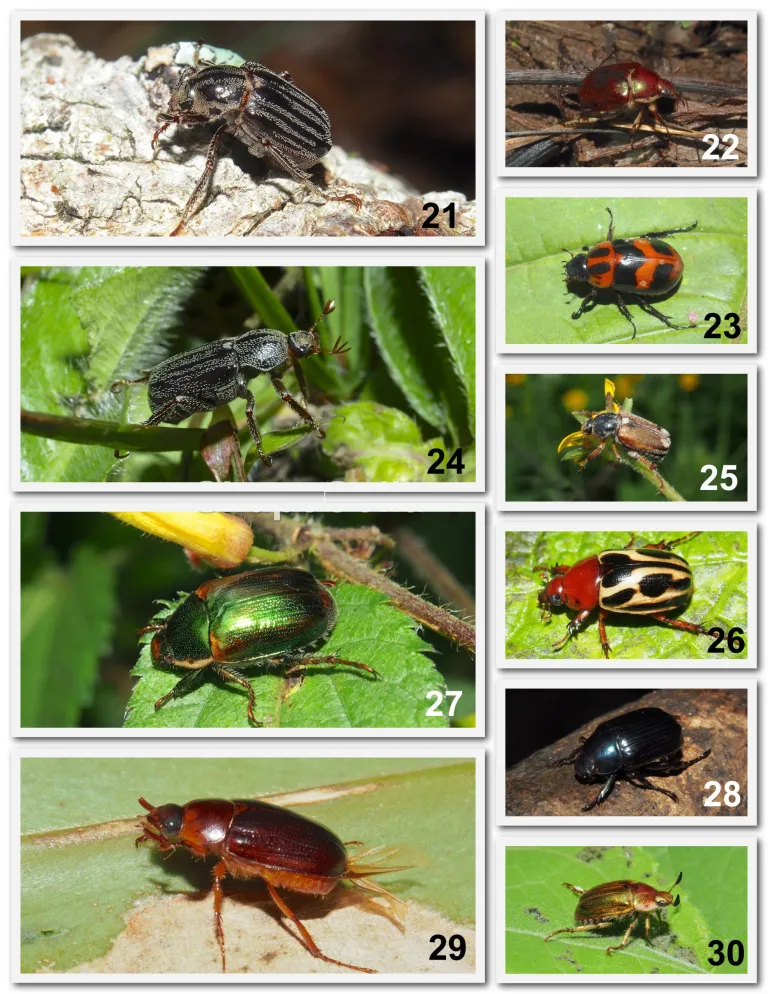
The lifecycle of May beetles begins in April or May when females lay their eggs in the soil. The tiny larvae that hatch are known locally as jogotos or chobotos. Over the next five months, they grow and molt a few times. By September or October, they reach their peak development and become voracious feeders. Then, they pupate—a phase of transformation that concludes around December. However, they stay underground until the first heavy rains of the next season trigger their emergence.
May Beetles : Natural Predators
May beetles face numerous natural threats. Birds are their primary predators as adults. Parasitic flies also target them; the female fly deposits an egg on the beetle’s abdomen, and the emerging larva burrows inside to feed. As larvae, they are hunted by mammals like coatis and armadillos, which dig them up from the ground.
For many people, the appearance of May beetles marks a nostalgic and joyful moment tied to the start of the rainy season. Others, due to misunderstanding or discomfort, see them as a nuisance.
On Nature and the Field
During a visit to Cascadas del Toro, a May beetle species (Callistethus vanpatteni) was seen feeding on Piper aritum. In other regions, a species of Phyllophaga was observed feeding on Cecropia trees. While generally harmless in natural areas, these beetles can cause serious problems in agricultural settings. Their larvae feed on the roots and tubers of crops, potentially leading to major economic losses.
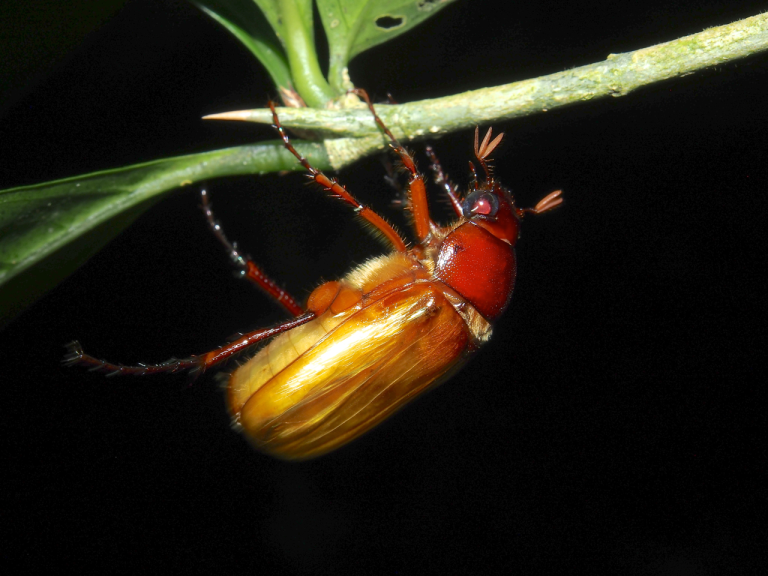
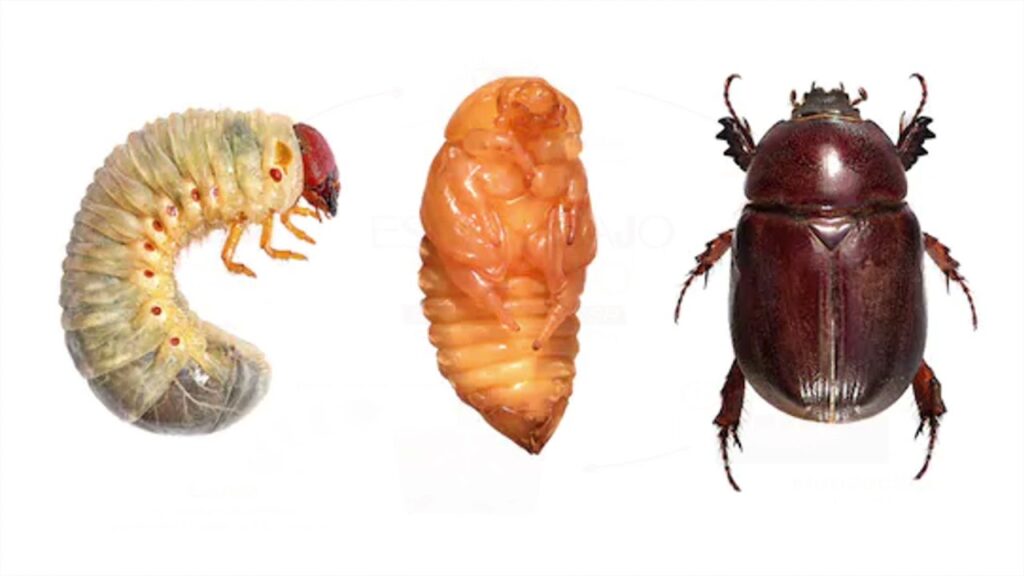
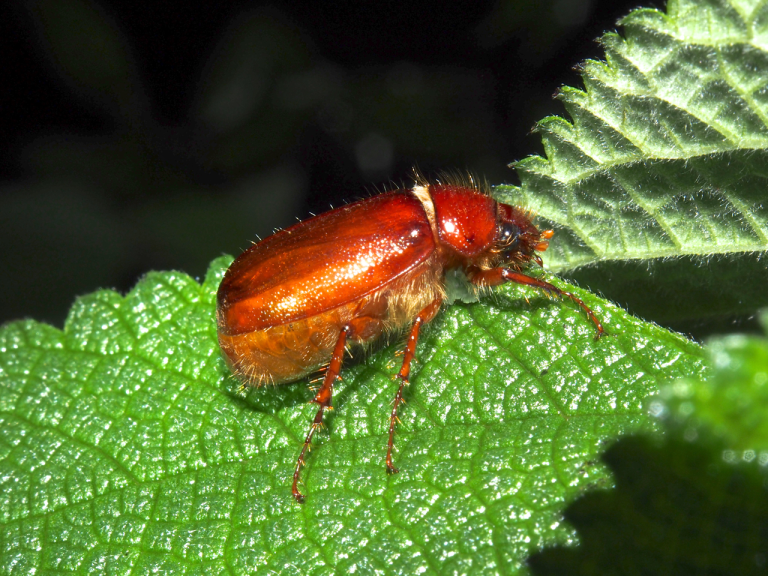
The concept of a “pest” is relative—it depends on how much impact the species has on human activities. Understanding their biology is key to controlling populations without unnecessary harm.
An Alert About Their Decline
Costa Rica is home to approximately 430 species of May beetles. Most live in natural forests, and only about 90 species are adapted to human-modified environments like pastures, gardens, and farmlands. Unfortunately, their numbers have dropped 90%-95% over the past 40 years.
According to recent research, this decline is related to land use change in the Central Valley. What were once coffee plantations and crops in places such as Moravia, Tibás, and Heredia are now urban developments. The loss of green areas has reduced the habitats where these insects could develop.
Sensorial Sunsets
Navigate articles






